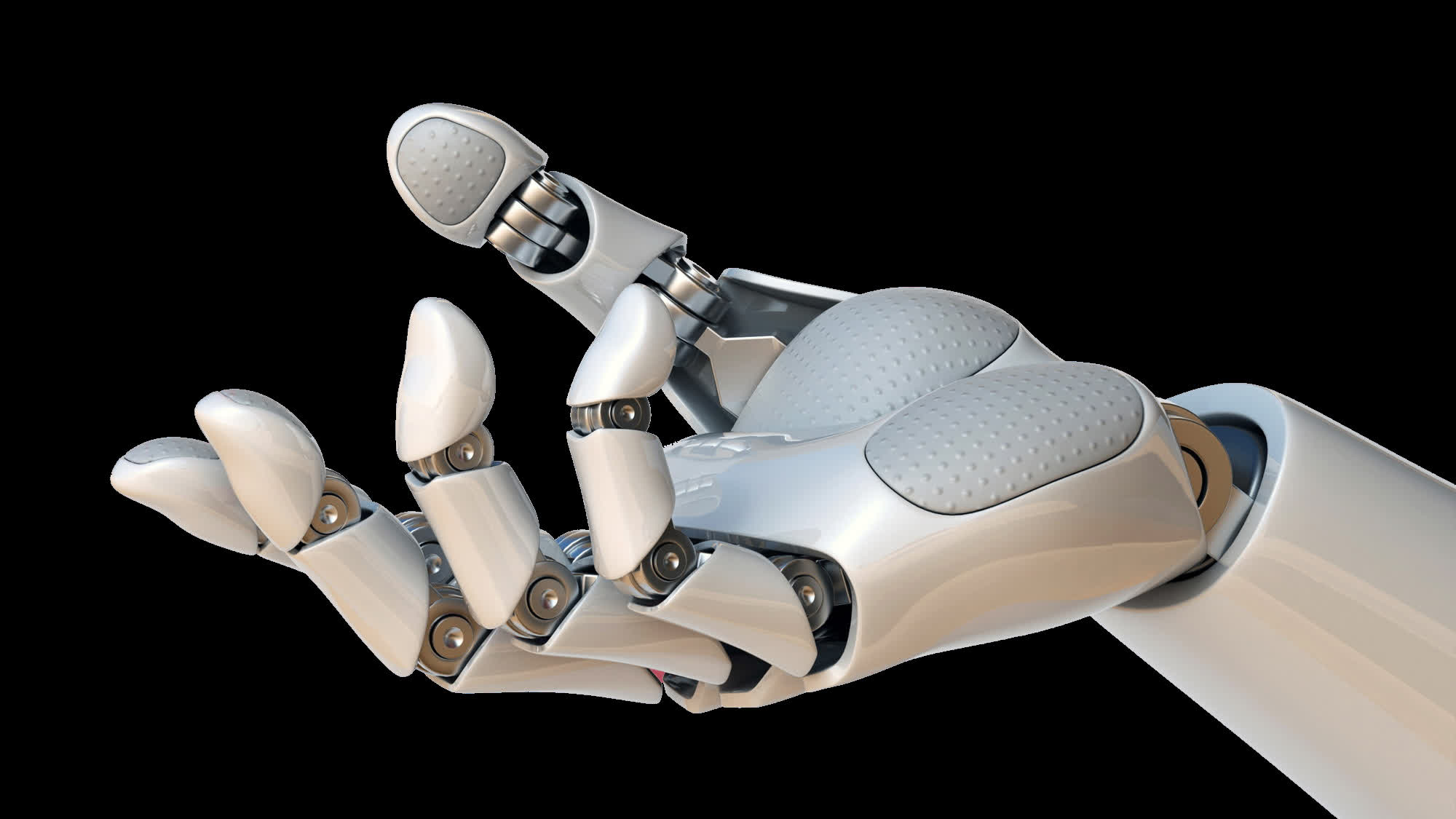Forward-looking: Human fingers have one of the most sensitive tactile perceptions we know of. Inspired by this biological wonder, Chinese scientists are now envisioning a future were robotic "fingers" will be able to scan beneath the human skin or other surfaces in a secure and comfortable way.

A team of Chinese researchers has designed a "smart bionic finger with subsurface tactile tomography capability," a device that can essentially mimic humans' natural ability to "feel" the shape of objects and what's hiding below the surface. The bionic finger's scanning capabilities would be useful for "nondestructive testing" applications, both for human body analysis and flexible electronics.
According to Zhiming Chen, study co-author and a lecturer at Wuyi University, previously developed artificial tactile sensors could only recognize external shapes, surface textures, and hardness. To get an idea of what's hiding beneath the surface, we usually need optical technologies and potentially invasive (or cumbersome) solutions such as CT scanning, PET scanning, ultrasonic tomography, or MRI.
The new scanning device assembled by Chen and colleagues resembles a bionic finger, and it can provide the same scanning capabilities of the aforementioned optical technologies. The artificial digit is modeled after a human finger and the complex sensory ability hiding beneath.

As explained by the researchers, when our fingers touch a surface, the skin undergoes "mechanical deformation" such as compression, stretching or drag. These deformations stimulate mechanoreceptors to emit electrical impulses, which are then channeled through the central nervous system to the somatosensory cortex in the brain. Here, the mechanical impulses are finally decoded and "integrated" by the brain to recognize the characteristics of the surface.
The smart bionic finger employs a simplified design based on the biological one. A metallic cylinder is mounted on the top of the finger serving as the contact tip, while carbon fiber beams working as tactile mechanoreceptors are connected to a signal processing unit (the "brain"). The metallic cylinder scans a surface with periodic (and hopefully gentle) "pokes," which in turn compress the carbon fibers conveying information about the stiffness or softness of the surface.
The data collected by this process is finally rendered in a 3D map on a display, giving a visual idea of the surface characteristics. The researchers tested the capabilities of their smart robotic finger by mapping a rigidi "A" letter located beneath a soft silicon layer, and a 3D-printed physical model of human tissue with three layers of hard polymer (the "skeleton") and a soft silicone outer layer (the "muscles"). In the latter case, the bionic finger was even able to feel the "blood vessel" located underneath the muscle layer.
Lastly, the bionic finger was able to scan a defective electronic device, creating a 3D map of the internal components including the point where the electrical circuit was disconnected.
The researchers are now working to give their scanning device additional capabilities, like the capacity for "omnidirectional detection" with different surface materials.
https://www.techspot.com/news/97677-researchers-develop-robotic-finger-securely-scan-human-body.html

